Find $285 Under the Couch
We've found eight easy ways to pick up extra cash, from high tech to old school.
By Lynn Andriani

Photo: Thinkstock
Make Some Room in Your China Cabinet: $120
Whether you registered for fine china when you got married and never use it, or your great aunt left you a mismatched set of silver that you really don't care for, Replacements Ltd. may be interested in buying your unwanted goods. The company has an inventory of 13 million pieces of china, silver and crystal in more than 360,000 patterns. Replacements' buying policy is based on supply and demand, so you'll get more for items in a discontinued pattern that collectors want than you would for an active pattern that isn't hot right now. For instance, in the '90s, Christofle's "Berry" stainless flatware was one of the most popular items on bridal registries. Since Christofle stopped making it in 2005, demand has skyrocketed. If you have just one teaspoon from that set, which once had a suggested retail price of $18, Replacements will pay you about $120 for it.
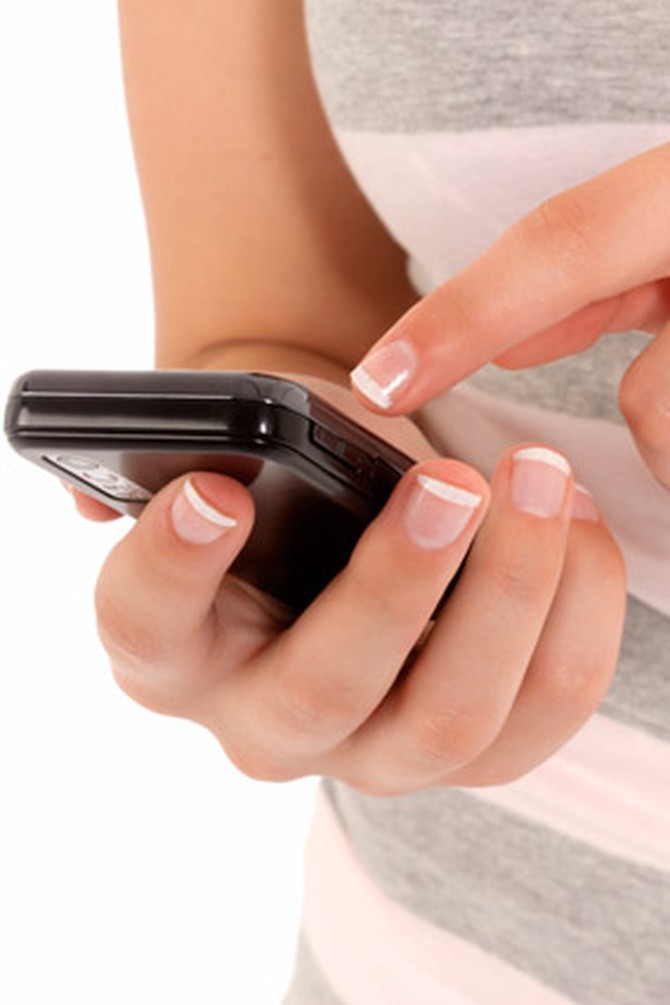
Photo: Thinkstock
Retweet: $20
This month, American Express started asking cardmembers to sync their credit card accounts with Twitter and retweet certain hashtags (you can sign up to link your AmEx and Twitter accounts here) in exchange for savings from big brands such as Whole Foods, Best Buy and Zappos. For example, on a recent day, if you had tweeted #AmExWholeFoods, you'd have received $20 back on your next $75 in-store purchase—and the offer would have been automatically loaded into your AmEx account, ready to be redeemed the next time you shop at Whole Foods. Another deal: tweet #AmexSeamless5 and get $5 back on your next $25 purchase on online food delivery service Seamless.
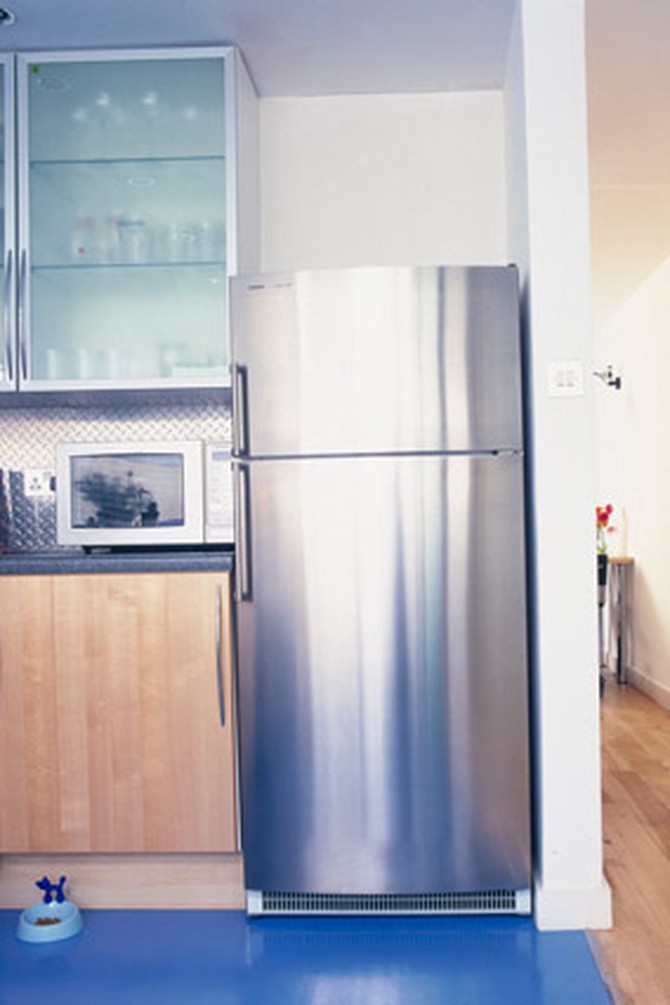
Photo: Thinkstock
Get a Cooler Fridge: $17
If you're in the market for a new refrigerator—and who can resist the latest models' LED lighting, easy-open handles at kid-friendly heights, and other features?—choosing an Energy Star–rated appliance can save you money, since they're required to use 20 percent less energy than models not rated. The Environmental Protection Agency's Refrigerator Retirement Savings Calculator lets you figure out how much less you'd spend to run an Energy Star–rated machine versus one that isn't, based on where you live, the fridge's style, year and size (when we tried it, our savings was $17). You'll also be eligible for tax credits—and some states have rebate programs where they'll pick up your old refrigerator and pay you for it (for a list of offers, see the Database of State Incentives for Renewables & Efficiency).
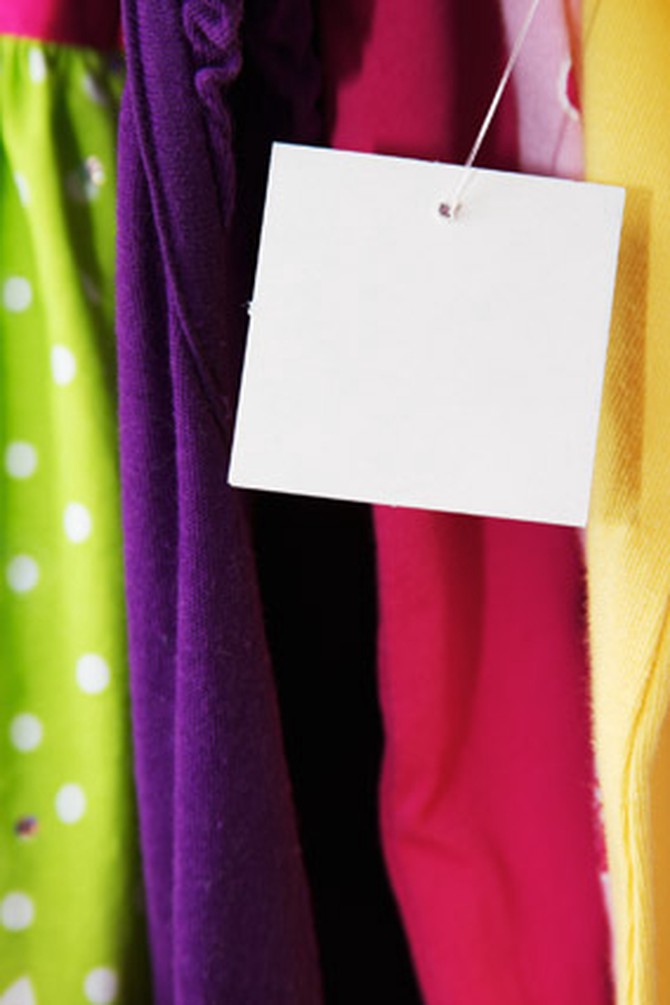
Photo: Thinkstock
Return That Unworn Hot Pink Shirt: $13
Although many retailers have tightened their return policies lately—blame it on the growing problem of return fraud—others are still quite lax. Nordstrom is well known for not imposing a time limit on bringing unworn clothes back for a refund; if you don't have the receipt for that $13 T-shirt you still haven't worn, you can show the credit card you used for the purchase and get your money back. Macy's allows refunds for up to six months, and since the store affixes a customer return label to many items, you may not even need the receipt. Zappos has a one-year policy (you just have to send the unworn item back in the original packaging). L.L.Bean and Patagonia are two other companies that make it easy: If you're unhappy with the sheepskin moccasins or fleece jacket you bought last winter, just mail or bring them back.
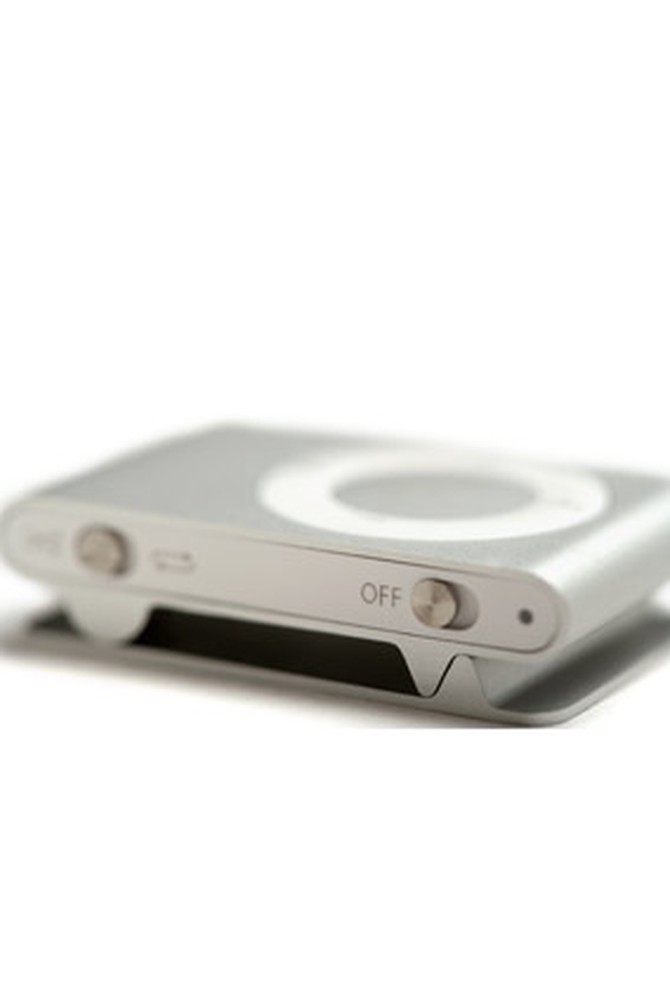
Photo: Thinkstock
Unload Your Old iPod Shuffle: $14
Before you toss your old music player for a new one, consider that the devices have become collectors' items—along with a signed photo of the Sex and the City cast, a first-generation iPod is a quintessential pop culture object of the early 2000s. Patrick van der Vorst, a 13-year Sotheby's veteran who founded the appraisal site ValueMyStuff.com two years ago, says an early iPod that still works could go for $300, while a fifth-generation iPod fetches about $40 on eBay or Craigslist. There's also Amazon's Electronics Trade-In program, which lets you sell back cameras, cell phones, MP3 players, tablets and more in exchange for Amazon gift cards. Some recent prices the retailer has offered to sellers: $14 for a fourth-generation iPod Shuffle and $36 for a second-generation iPod Touch.

Photo: Thinkstock
Take a Break from Your Favorite Show: $8
Netflix lets you pause your membership at any time, whether it's because you're taking a trip or you're racing to finish your book club book and need to stop watching Downton Abbey. During the time off, you won't be billed at all, and you can set the reactivation date to be anywhere from 7 to 90 days later (and you can still access the site to read reviews and get movie and TV show suggestions).
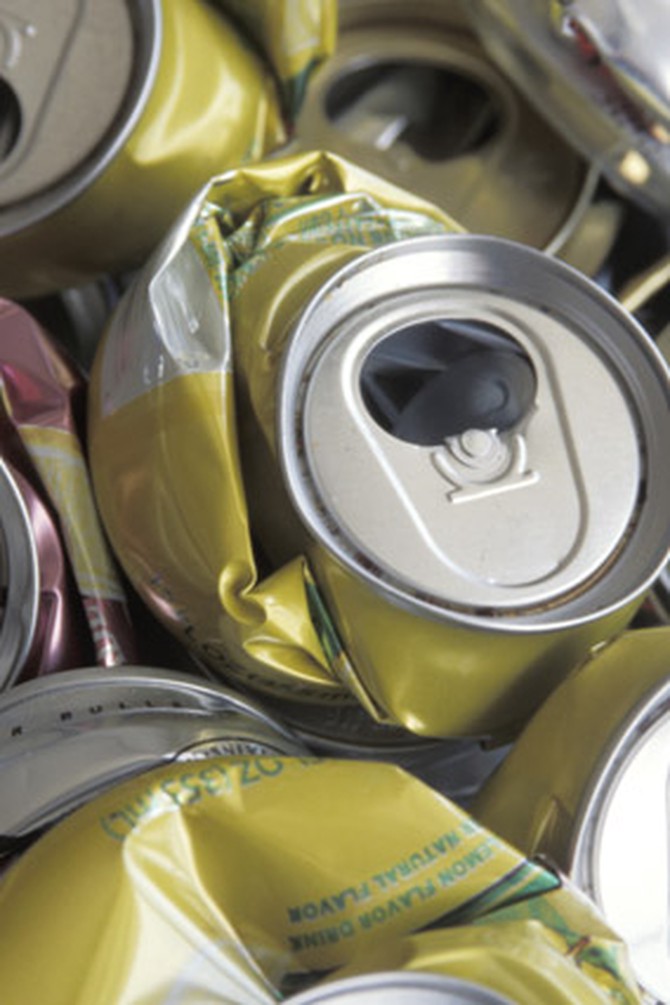
Photo: Thinkstock
Help Landfills from Overflowing: $2.50
California, Connecticut, Hawaii, Iowa, Massachusetts, Michigan, New York, Oregon and Vermont all have bottle bills (also known as container deposit laws), but in most states, millions of dollars are left unclaimed (in Michigan alone, $13.1 million was never redeemed in 2008). It's best to redeem bottles and cans in loads of 50 or less at a time; that way, you'll ensure you get the exact refund (you can only be paid on a per-container basis if you redeem 50 or fewer containers of each material type). Request to be paid by count (most cans are worth 5 cents each, so you'd get $2.50 for 50) rather than weight to get the most money. (Unfortunately, though, if your state doesn't have a bottle law, you can't take your bottles and cans to one that does and get the refund there.)
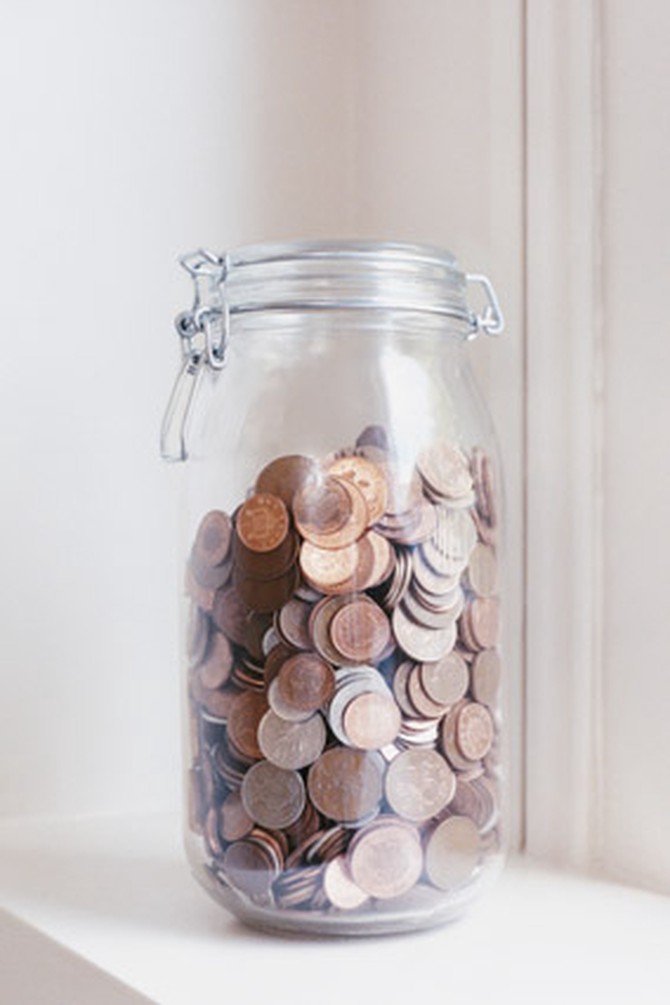
Photo: Thinkstock
Empty Out the Junk Drawer: $90
The average U.S. household has $90 in change, according to Coinstar, the most popular service for changing coins into cash, cards and e-gift certificates. Its machines (there are some 19,000 of them in supermarkets and other venues) charge an 8.9 percent fee, but if you opt for a gift card to Starbucks, Amazon, iTunes, Piperlime, Banana Republic or a long list of other retailers who have deals with Coinstar, you don't lose any money at all.
Keep Reading
The number one way to spend less every week
Keep Reading
The number one way to spend less every week
Published 03/28/2012

